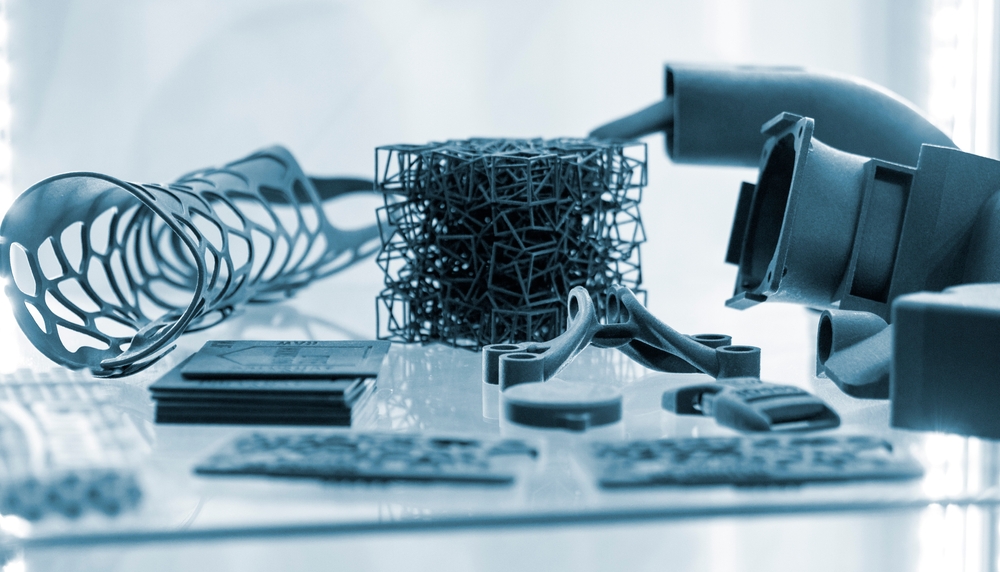Biomimicry in Industrial Design: Nature-Inspired Solutions
The fusion of nature's wisdom with industrial innovation is revolutionizing product development and manufacturing processes. Biomimicry, the practice of emulating nature's time-tested patterns and strategies, is gaining traction in industrial design circles. This approach not only leads to more efficient and sustainable solutions but also opens up new avenues for creative problem-solving in the business world.

The Biological Blueprint for Innovation
Nature has been perfecting its designs for billions of years, evolving solutions to complex problems through countless iterations. By studying and adapting these natural strategies, industries can leapfrog traditional design processes and create products that are not only more effective but also more harmonious with the environment. The principles of biomimicry encourage designers to view nature as a mentor, learning from its resilient and adaptive systems.
One of the key advantages of biomimetic design is its inherent sustainability. Natural systems operate on closed-loop principles, where waste from one process becomes food for another. By emulating these cyclical processes, industries can move closer to achieving circular economy goals, reducing waste and improving resource efficiency. This alignment with natural principles often leads to products that are not only environmentally friendly but also economically advantageous in the long run.
Case Studies in Nature-Inspired Industrial Design
Several industries have already embraced biomimicry with remarkable results. In the construction sector, the design of the Eastgate Centre in Harare, Zimbabwe, was inspired by the self-cooling mounds of African termites. This biomimetic approach resulted in a building that maintains a comfortable temperature without conventional air conditioning, significantly reducing energy consumption and operational costs.
In the realm of transportation, the Japanese bullet train’s nosecone design was inspired by the kingfisher’s beak, allowing it to emerge from tunnels more quietly and efficiently. This nature-inspired modification not only improved the train’s aerodynamics but also reduced its energy consumption by 15%. Such examples demonstrate the tangible benefits of incorporating biomimetic principles into industrial design processes.
Challenges and Considerations in Implementing Biomimicry
While biomimicry offers immense potential, its implementation is not without challenges. One of the primary hurdles is the need for interdisciplinary collaboration between biologists, engineers, and designers. This cross-pollination of ideas requires a shift in traditional organizational structures and educational approaches. Companies investing in biomimetic design must foster environments that encourage this interdisciplinary exchange and provide resources for ongoing research and development.
Another consideration is the scalability of nature-inspired solutions. What works perfectly in nature may not always translate directly to industrial applications. Adapting biological principles to large-scale manufacturing processes often requires significant research and development efforts. However, the potential rewards in terms of innovation and sustainability make these investments worthwhile for forward-thinking companies.
Tools and Techniques for Biomimetic Design
To facilitate the adoption of biomimicry in industrial settings, several tools and methodologies have been developed. The Biomimicry Institute’s Design Spiral provides a framework for translating biological strategies into design solutions. This iterative process involves identifying the design challenge, biologizing the question, discovering natural models, abstracting design principles, and emulating nature’s strategies.
Advanced computational tools are also playing a crucial role in biomimetic design. Generative design software, inspired by evolutionary processes, can produce multiple design iterations based on set parameters, mimicking nature’s own trial-and-error approach. These tools allow designers to explore a vast array of possibilities, often leading to novel solutions that might not have been conceived through traditional design methods.
The Future of Biomimicry in Industry
As environmental concerns continue to shape business priorities, biomimicry is poised to play an increasingly significant role in industrial innovation. The approach aligns well with the growing emphasis on sustainability and circular economy principles, offering a pathway to products and processes that are both high-performing and environmentally responsible.
Emerging fields such as nanotechnology and materials science are particularly ripe for biomimetic innovation. By studying natural materials at the molecular level, scientists are developing new substances with extraordinary properties, from self-healing plastics to ultra-strong, lightweight composites. These advancements have the potential to transform industries ranging from aerospace to consumer electronics.
Practical Insights for Implementing Biomimicry
• Start with observation: Encourage your design team to spend time in nature, observing and documenting natural phenomena relevant to your industry challenges.
• Create a biomimicry database: Develop a repository of biological strategies and solutions that can be referenced for various design challenges.
• Foster interdisciplinary collaboration: Build teams that include biologists alongside engineers and designers to facilitate the translation of natural principles into industrial applications.
• Invest in biomimetic research: Allocate resources for ongoing research into nature-inspired solutions, potentially partnering with academic institutions or specialized biomimicry consultancies.
• Adopt life cycle thinking: Consider the entire life cycle of products, from raw material extraction to end-of-life disposal, aligning with nature’s closed-loop systems.
• Utilize biomimicry design tools: Incorporate tools like the Biomimicry Institute’s Design Spiral into your product development processes.
• Embrace failure as part of the process: Remember that nature’s solutions evolved through countless iterations; allow for experimentation and learning from unsuccessful attempts.
In conclusion, biomimicry represents a powerful paradigm shift in industrial design and business innovation. By looking to nature as a source of inspiration and wisdom, companies can develop products and processes that are not only more efficient and effective but also inherently sustainable. As we face increasingly complex global challenges, the principles of biomimicry offer a promising path forward, aligning industrial progress with the time-tested strategies of the natural world.





